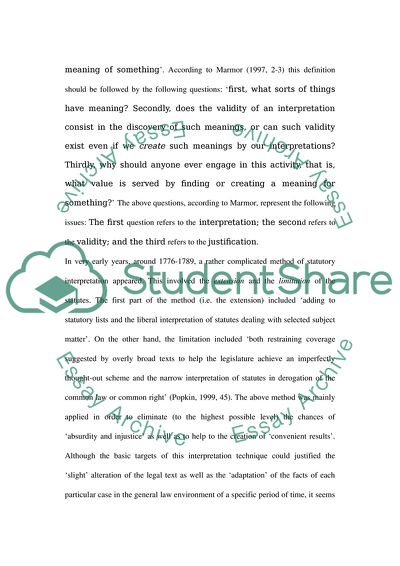Cite this document
(The Statutory Interpretation as a Tool for the Formulation of the Co Assignment, n.d.)
The Statutory Interpretation as a Tool for the Formulation of the Co Assignment. Retrieved from https://studentshare.org/law/1703155-identify-and-explain-3-methods-of-statutory-interpretation
The Statutory Interpretation as a Tool for the Formulation of the Co Assignment. Retrieved from https://studentshare.org/law/1703155-identify-and-explain-3-methods-of-statutory-interpretation
(The Statutory Interpretation As a Tool for the Formulation of the Co Assignment)
The Statutory Interpretation As a Tool for the Formulation of the Co Assignment. https://studentshare.org/law/1703155-identify-and-explain-3-methods-of-statutory-interpretation.
The Statutory Interpretation As a Tool for the Formulation of the Co Assignment. https://studentshare.org/law/1703155-identify-and-explain-3-methods-of-statutory-interpretation.
“The Statutory Interpretation As a Tool for the Formulation of the Co Assignment”. https://studentshare.org/law/1703155-identify-and-explain-3-methods-of-statutory-interpretation.


